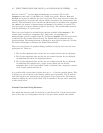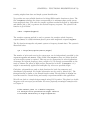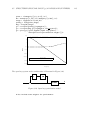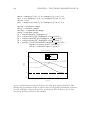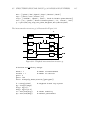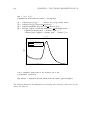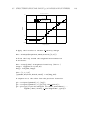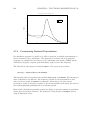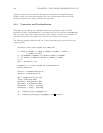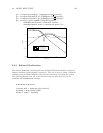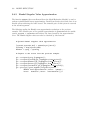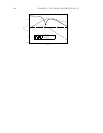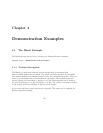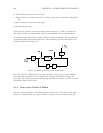3.8. MODEL REDUCTION 121
pert = randpert(blk,{sys,sfreq,complex,pnorm})
The user can specify whether the perturbation is a dynamic system or matrix, and
whether it is real or complex valued, in addition to specifying the norm.
3.7.5 Block Structured Norm Calculations
It is possible to get an idea of the input/output combinations which are limiting the
robust stability or robust performance of a system by examining the elements of the
product, DMD
−1
at the critical frequency. Large values indicate a potential problem in
the corresponding input/output pair. For systems with MIMO blocks this can be
simplified to looking at the block norm of the matrix. This is done by partitioning up
the matrix into blocks which correspond to the inputs and outputs of each block of ∆.
Each partition is then replaced by the maximum singular value of the partition. In the
case where all the ∆ blocks are 1 × 1 this reduces to the absolute value of the matrix. If
there is only one ∆ block this is equivalent to calculating the maximum singular value of
the matrix.
The Xµ function for this purpose is called blknorm and its syntax is illustrated below.
normM = blknorm(M,blk,p,{Frobenius})
The user has the option of selecting other p norms (1 ≤ p ≤∞) or the Frobenius norm.
The Euclidean norm is the most commonly used and is the default.
3.8 Model Reduction
The model reduction functions described here are often useful in obtaining a lower order
realization of a controller. µ-synthesis controllers for complicated systems are often of
high order. The controller order can often be significantly reduced with very little
degradation in the closed loop performance.
The user should be careful in reducing the order of an open-loop interconnection
structure before doing a design. Very small changes in the interconnection structure can
produce dramatic changes in the resulting closed loop system.



